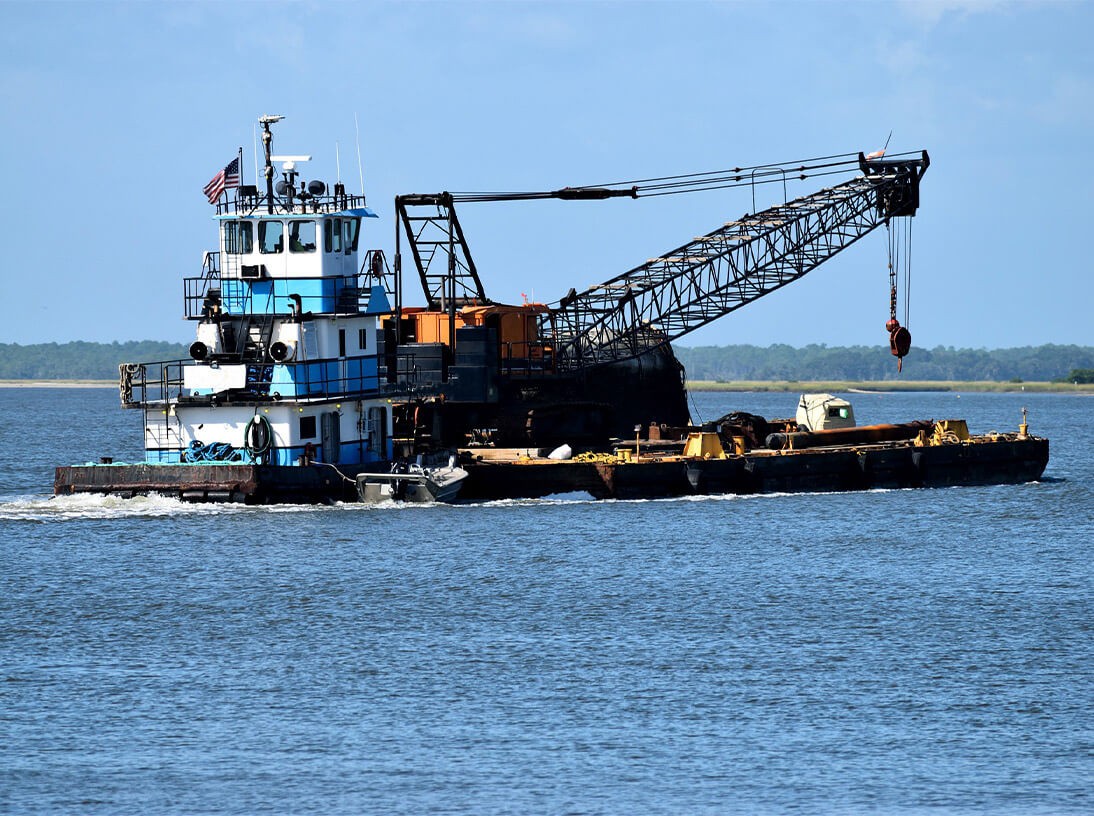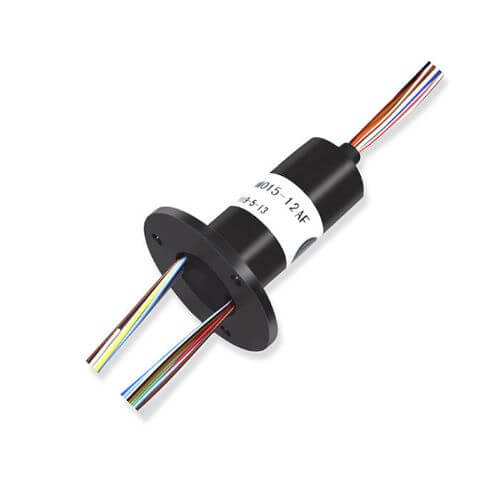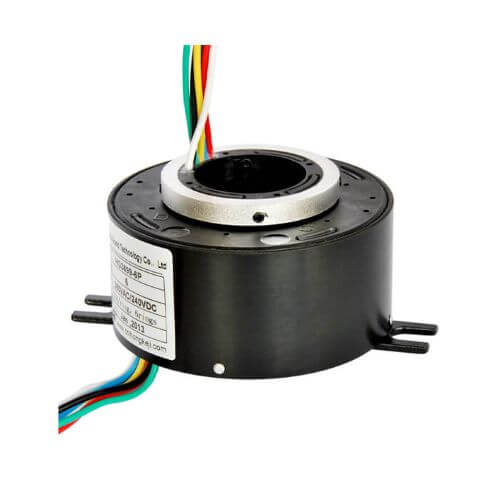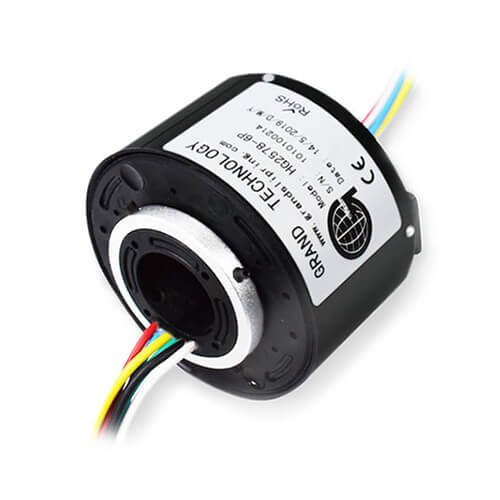Slip rings as imperative parts of marine equipment, are wide to marine propeller systems, cranes, winches, shipborne radar, etc. Special surface process and sealing design let the connector acid-proof, corrosion, mist and vibration, and shock resistant. Easy for maintenance and use.
GRAND developed a large current 1500A and long life slip ring for heavy equipment and the working temperature at -55℃+120℃ with min. Transmission loss and electrical noise. Successful cases for Platform, crane, shipborne radar, cable capstan & winch, umbilical hose reel systems, propulsion & propeller systems, open ideas for review.





